5 exercise myths this personal trainer wants you to know
Who better to debunk exercise myths and misconceptions than an expert trainer?
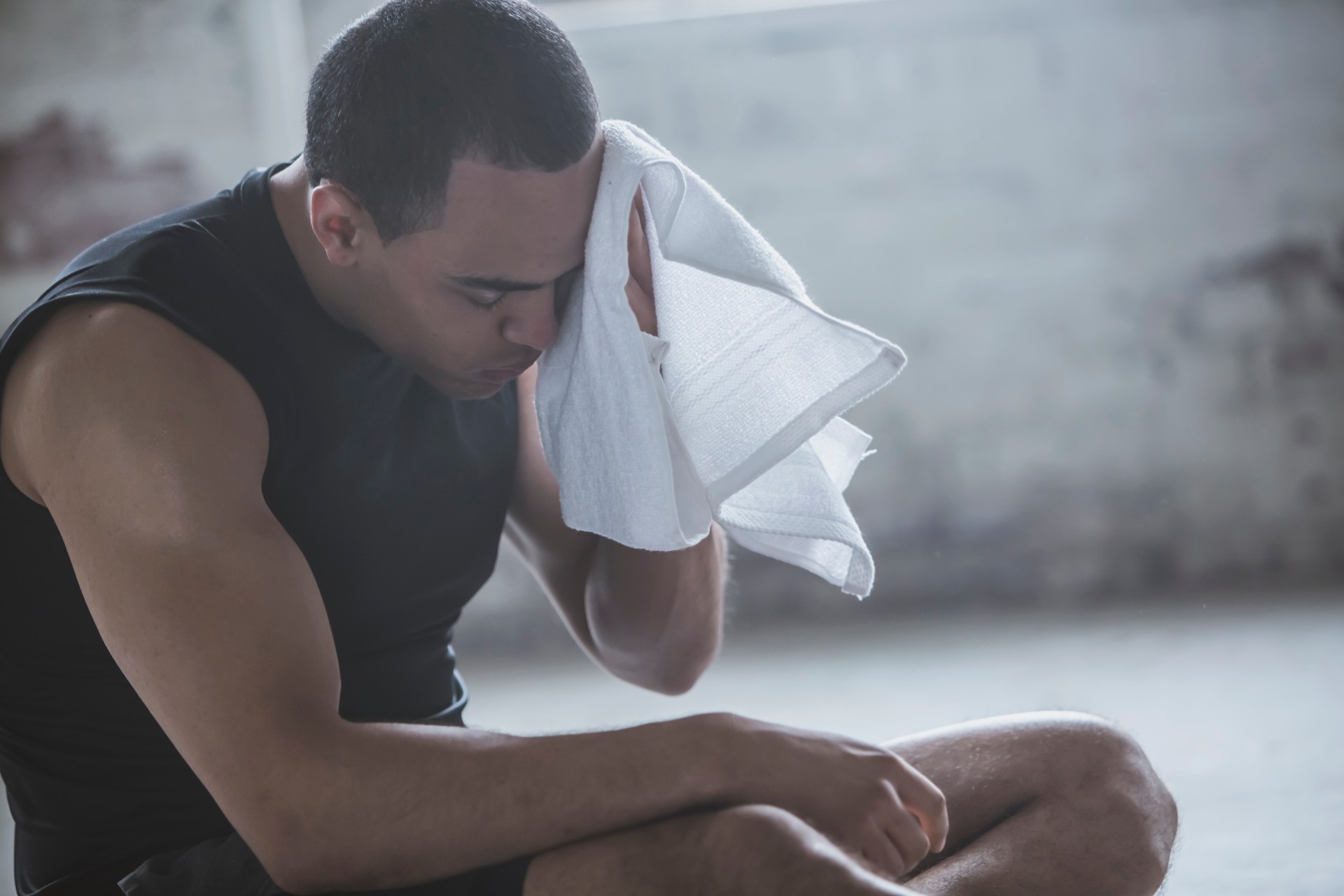

The health and fitness world is a minefield, but when it comes to exercise, there are several myths and misconceptions that need to be stamped out.
And who better than a personal trainer to debunk these myths and get to the truth?
Ashton Turner is co-founder of London gym Evolve 353. Below he reveals five common misconceptions about fitness he's encountered during his time as a trainer and nutrition coach - and sets the record straight. Which could change the way you see exercise and fitness and help you achieve your goals more quickly.
Lifting weights will make you bulky
Whether you're trying to bulk up or actively avoiding it, you need to know that weight training on its own will not result in muscles to rival the Incredible Hulk.
To get any form of bulk takes time and a holistic approach, as Ashton explains: ‘I have been lifting weights for the best part of 20 years and I am sadly not as bulky as I would have liked to have been.
‘To get muscle you have to actively pursue it through nutrition and training protocols, not just lifting a dumbbell.
'If you have a heavy handbag, man-bag or child, just think about how carrying these around has no effect on making you bulky!’
Get the Fit&Well Newsletter
Start your week with achievable workout ideas, health tips and wellbeing advice in your inbox.
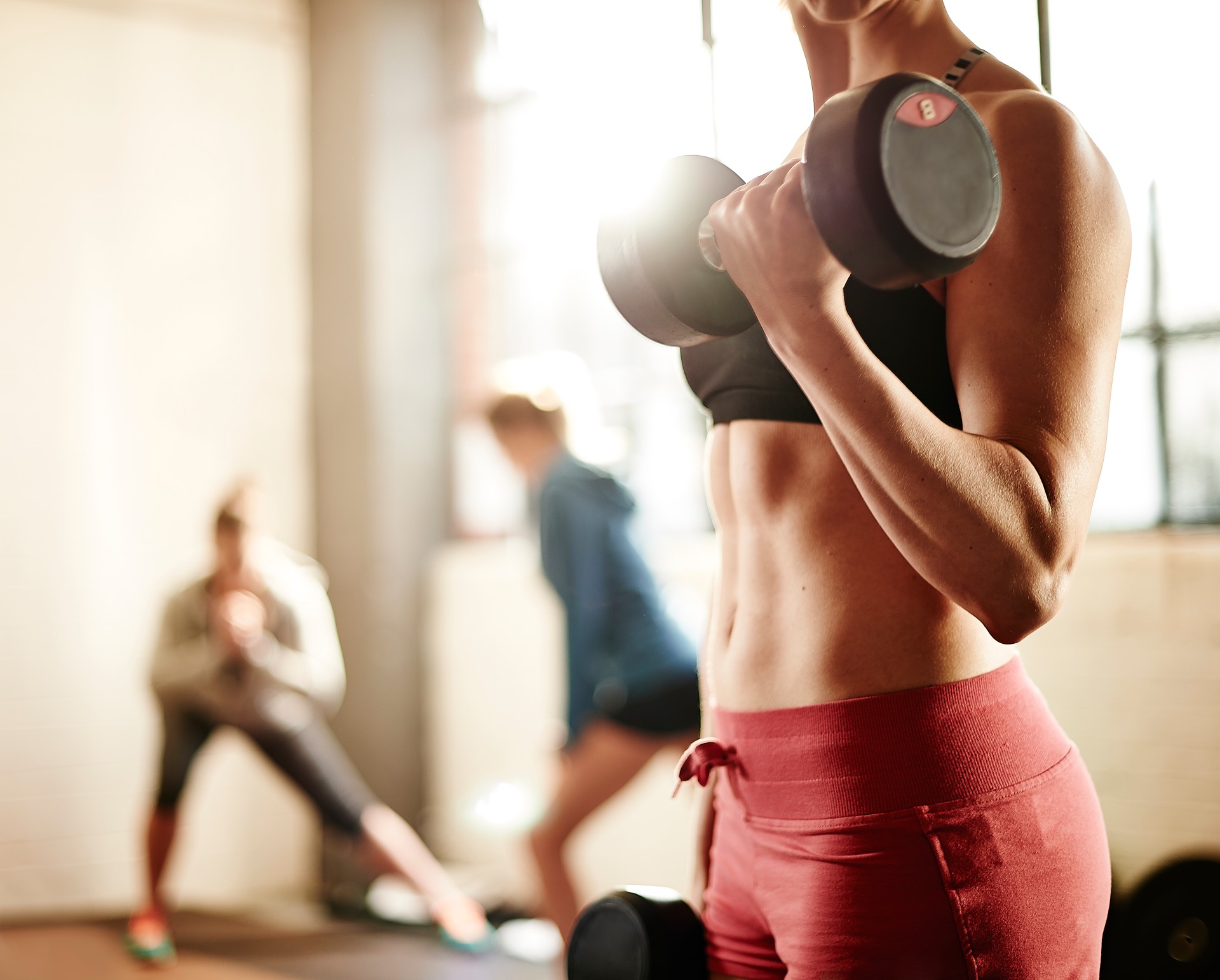
Many women often avoid weight training for fear of looking too 'muscly', but once again the reality is it's not that simple. For one, women have different hormones which makes ‘bulky’ muscle building far harder. If anything, lifting weights is great for burning calories, helping to strip unwanted fat.
Need another reason to lift weights? Regular resistance training helps to improv heart health, keep tendons, joints and ligaments lubricated, boost metabolism, enhance posture and increase overall strength. So grab a pair of the best adjustable dumbbells and get pumping!
Crunches are the best exercise for abs
Turns out, you don’t need to do hundreds of sit ups and crunches to get the toned midsection you might dream of.
And perhaps there’s another view you should take when it comes to your tummy area.
'Abs are for show, core is for go,’ says Ashton. 'Focus your training on your core and what it’s designed to do.'
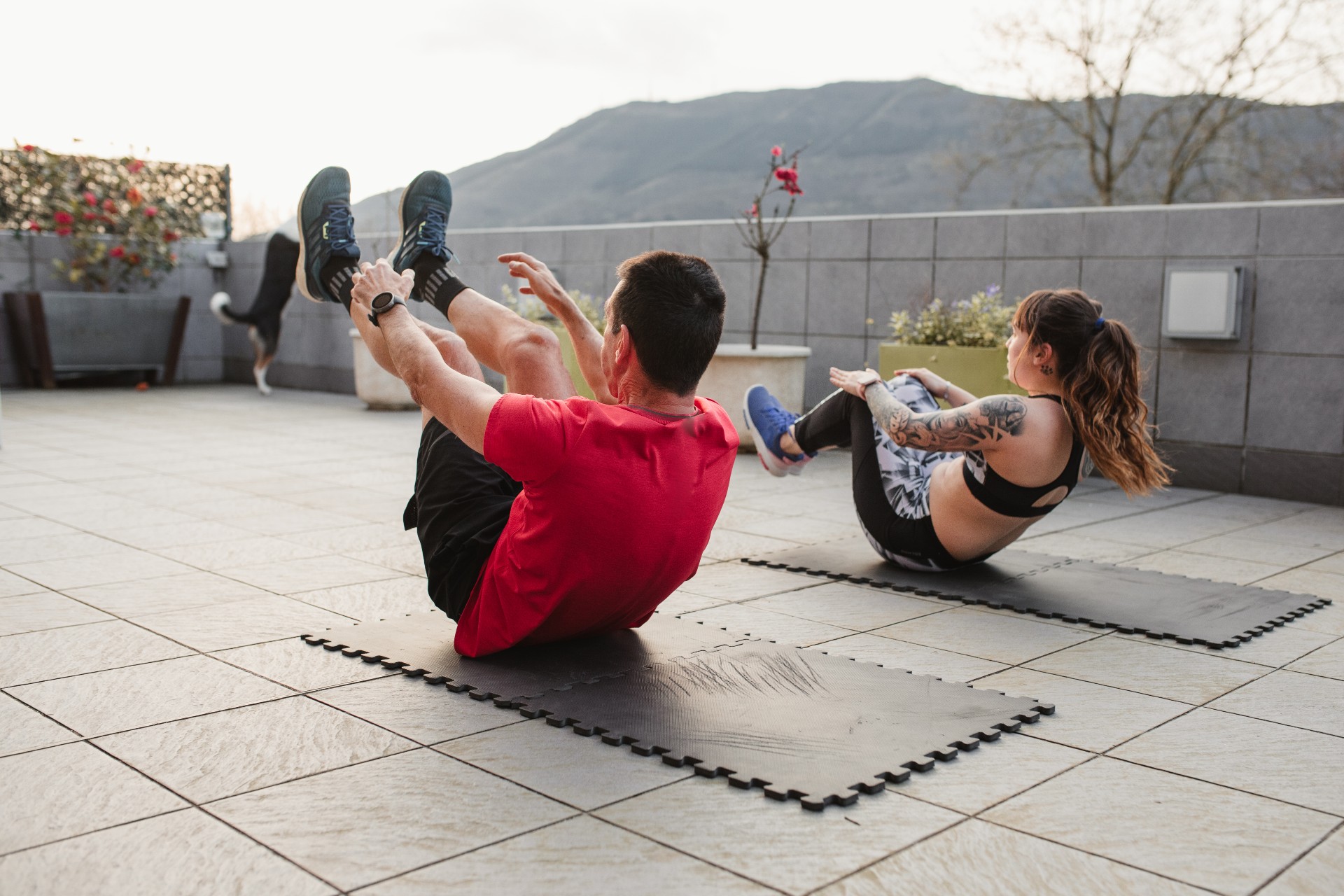
By adding planks, isometric holds, anti-rotation training and heavy lifting into your training routine, you will see more results on your abs than any crunches can give you.
In case you needed another reason to avoid the classic crunch; an in depth study published in the journal Clinical Biomechanics actually found that repeated spinal flexion (which is what occurs during a crunch) could actually be linked to disc herniation. Ouch!
You can target fat loss to specific areas of your body
If you've ever found yourself Googling 'how to lose weight on your arms' or 'how to get a slim waist', you'll likely know that some forms of excess fat seem to be damn stubborn to shift.
Even more frustratingly, no matter what exercises you try, the reality is you can’t spot-reduce fat.
‘Sadly doing 1,000 crunches a day is not going to target that stubborn belly fat no matter how many late night infomercials tell you it will,’ says Ashton.
He adds that the key to fat loss is to target your whole body through a balance of good nutrition, training and movement.
‘Being consistent with this will help you target all the areas you want to change.’
No pain means no gain
If you think that the only workouts that count are sweaty, hardcore sessions that leave you aching all-over, Ashton is happy to tell you: you’re wrong!
‘It saddens me that in 2021 people still believe that to get results you have to put yourself through pain. This is completely untrue,’ says Ashton.
Getting results is about being consistent. Make anything “painful” or too drastic and you won’t last at it.
In fact, training, moving and eating should all be fun and make you feel better - not worse.
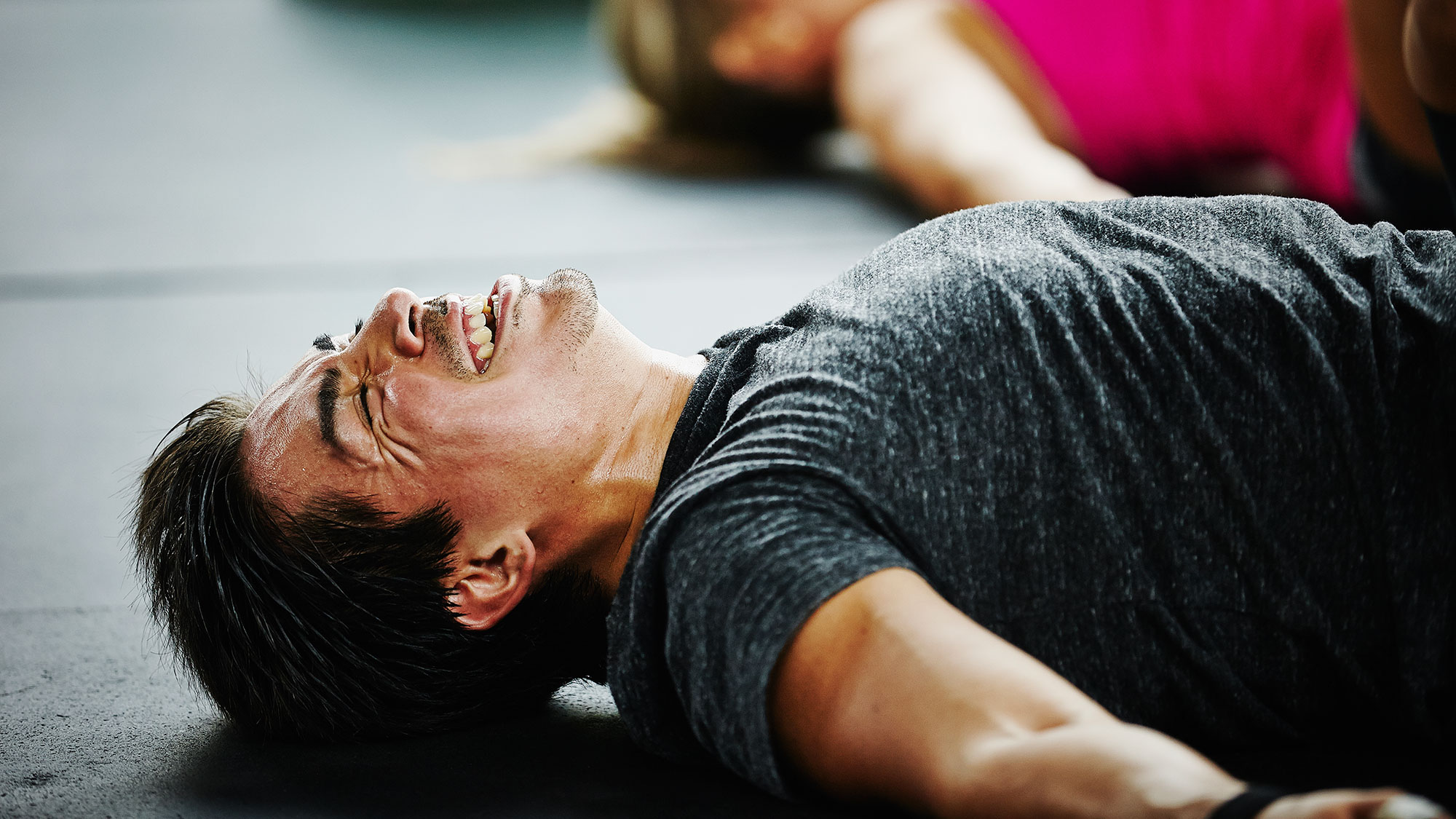
‘Yes, we need to challenge ourselves, and at times get out of our comfort zone.' Ashton concedes. 'But it’s also important to keep things in your life you enjoy and know when to let your body recover.’
So invest in one of the best foam rollers and plan in recovery days, whilst also following Ashton's preferred approach. ‘Live by the Evolve rule: no pain, no champagne. It’s far more appealing.’ We'll toast to that!
You should stretch before a workout
Although you might usually think to stretch before a workout, Ashton says it’s wise to replace static stretches with a dynamic mobility routine.
‘There is a difference between stretching and mobility/movement preparation,’ says Ashton.
‘Before a workout you don’t want to make your muscles, joints and tendons loose as it can affect performance. A dynamic mobility routine and exercises that help to activate your muscles in preparation for training are best.’
Examples of dynamic mobility moves include neck rolls, arm swings, jumping jacks, high knees, kick-backs, gate openers and skaters.
Lucy is a freelance journalist specializing in health, fitness and lifestyle. She was previously the Health and Fitness Editor across various women's magazines, including Woman&Home, Woman and Woman’s Own as well as Editor of Feel Good You. She has also previously written for titles including Now, Look, Cosmopolitan, GQ, Red and The Sun.
She lives and breathes all things fitness; working out every morning with a mix of running, weights, boxing and long walks. Lucy is a Level 3 personal trainer and teaches classes at various London studios. Plus, she's pre- and post-natal trained and helps new mums get back into fitness after the birth of their baby. Lucy claims that good sleep, plenty of food and a healthy gut (seriously, it's an obsession) are the key to maintaining energy and exercising efficiently. Saying this, she's partial to many classes of champagne and tequila on the rocks whilst out with her friends.
-
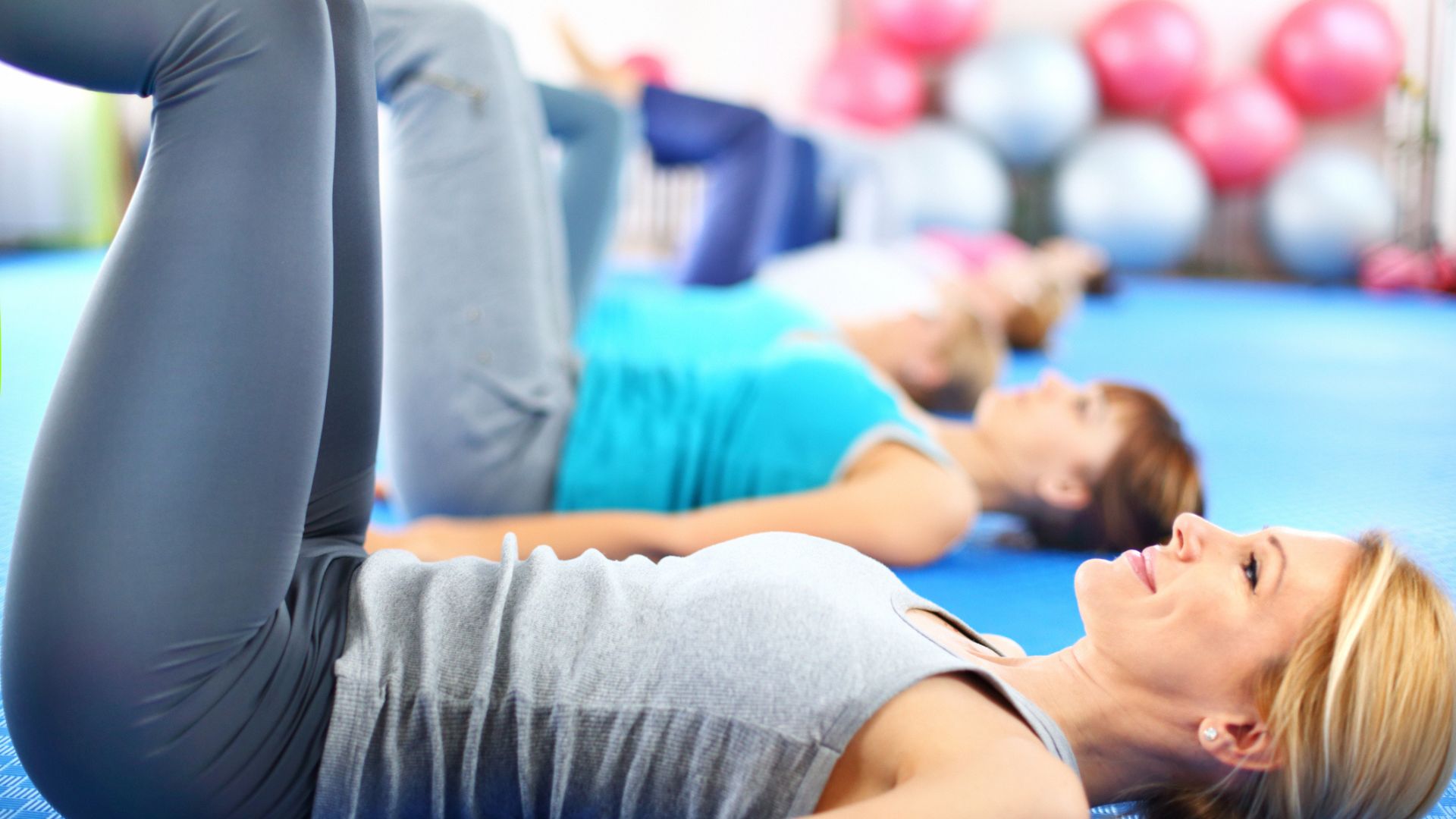 A Pilates instructor says this is the beginner-friendly core exercise everyone should try
A Pilates instructor says this is the beginner-friendly core exercise everyone should tryForget crunches, this is the perfect foundation move
By Alice Porter
-
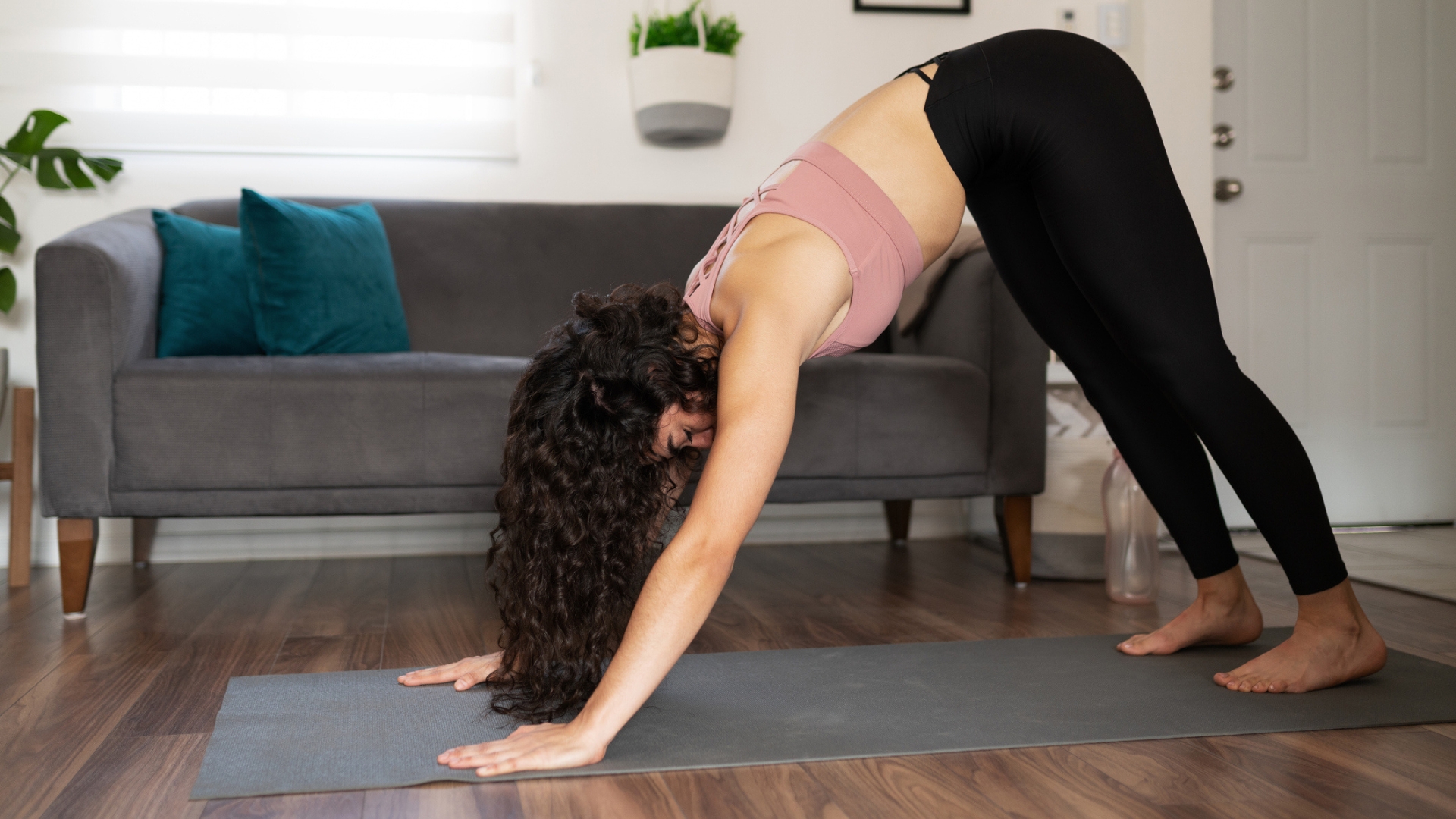 Prevent poor posture and release tension from sitting down with these four simple stretches from a yoga instructor
Prevent poor posture and release tension from sitting down with these four simple stretches from a yoga instructorThe daily poses he swears by, no matter what
By Alice Porter